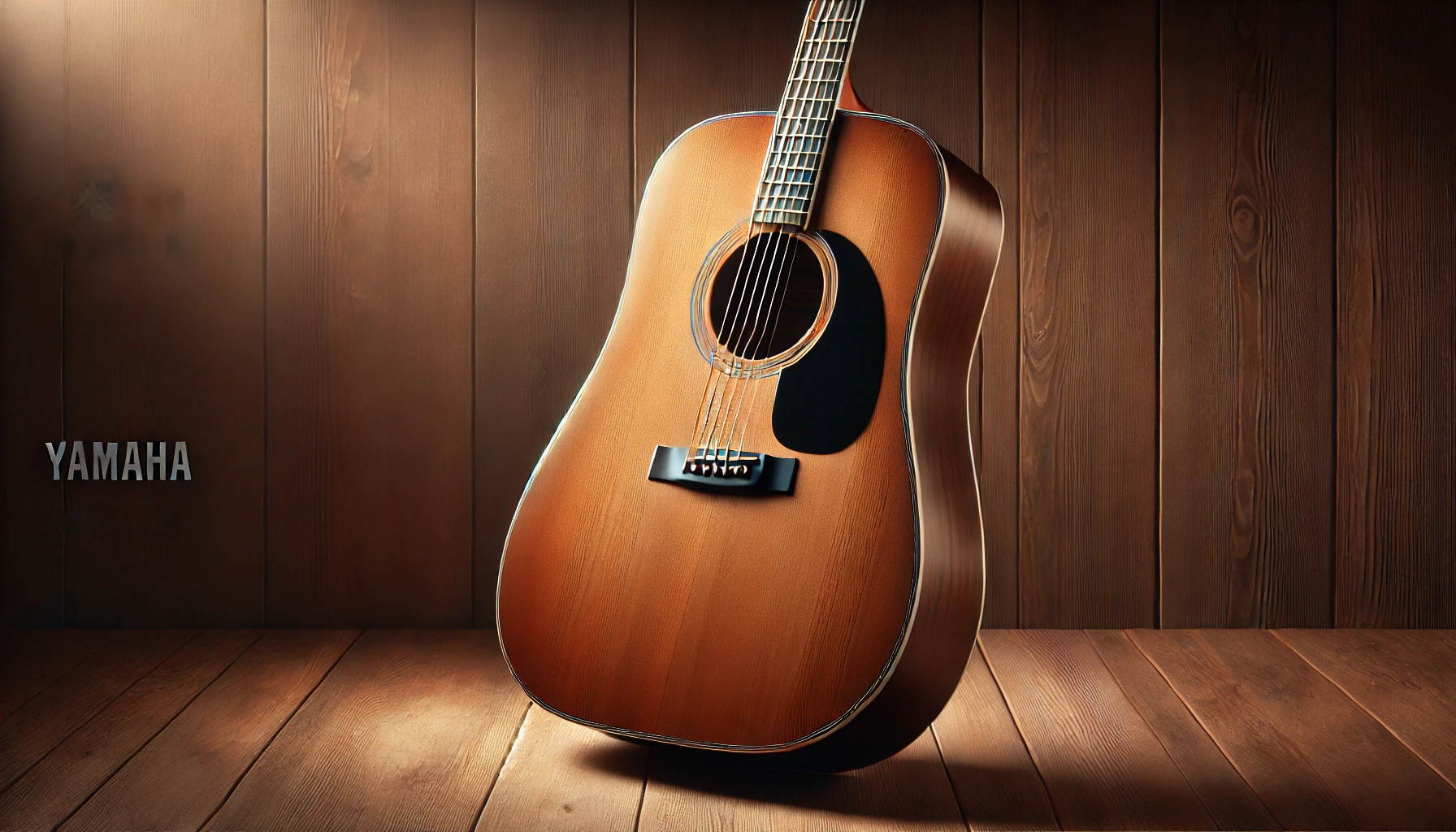Contents
Introduction
Changing the strings on your acoustic guitar is a crucial skill for any guitarist. Whether you’re playing a Taylor guitar, Yamaha acoustic guitar, or any other brand, regular maintenance of your strings ensures optimal sound quality and playability. In this guide, we’ll walk you through the process of changing your acoustic guitar strings step-by-step, along with answering some common questions and providing helpful tips. So let’s learn how to change acoustic guitar strings.
Materials Needed
- New Strings: Ensure you have at least two sets.
- Tuner: Any tuner will work, whether it’s an app, a clip-on tuner, or a pedal tuner.
- String Winder: Optional but highly recommended to save time.
- Pliers: For cutting strings and pulling bridge pins if necessary.
- Cloth: For cleaning the fretboard.
- Fretboard Conditioner: Lemon oil or any other fretboard conditioner.
Preparation
Choosing the Right Strings
Selecting the right strings for your acoustic guitar is essential. Brands like D’Addario, Elixir, and Martin offer high-quality strings suitable for various playing styles. The gauge of the strings (thickness) also matters; lighter gauges (10s or 11s) are easier to play, while heavier gauges (12s or 13s) provide a richer tone but require more finger strength.
Preparing Your Workspace
Find a clean, well-lit workspace. You may want to place a soft cloth or mat on the surface to protect your guitar from scratches.
Step-by-Step Guide to Changing Strings
1. Loosening and Removing Old Strings
- Loosen the Strings: Use a string winder or your hands to loosen each string by turning the tuning pegs counterclockwise until the strings are slack.
- Cut the Strings: Once loosened, cut the strings near the 12th fret.
- Remove the Bridge Pins: Use the notch on the string winder or pliers to gently pull out the bridge pins. Be careful not to damage them.
2. Cleaning the Fretboard
- Wipe Down the Fretboard: Use a cloth to remove dust and grime.
- Apply Fretboard Conditioner: If desired, apply a small amount of fretboard conditioner to a cloth and rub it into the fretboard. Wipe off any excess.
3. Installing New Strings
- Insert the Strings: Starting with the thickest string, insert the ball end into the bridge hole and secure it with a bridge pin.
- Kink the Strings: Slightly bend the string near the ball end before inserting it. This helps secure the string and prevents the bridge pin from popping out.
4. Winding the Strings
- Thread the Strings: Pull the string through the corresponding tuning peg hole, leaving enough slack for a few winds around the peg.
- Wind the Strings: Turn the tuning peg clockwise for the low E, A, and D strings, and counterclockwise for the G, B, and high E strings. Ensure the string winds neatly without overlapping.
- Tune the Strings: Use your tuner to bring each string up to pitch.
5. Stretching and Tuning
- Stretch the Strings: Gently pull each string away from the fretboard along its length to stretch it. This helps the strings settle and reduces the need for frequent re-tuning.
- Re-tune the Strings: After stretching, tune the strings again. Repeat the stretching and tuning process until the strings stay in tune.
Common Questions and Tips
When to Change Strings
Frequency: Change strings every 3-4 weeks if you play regularly, or whenever they sound dull and feel rough.
Indicators: Visible dirt, difficulty in tuning, or a dull tone are signs it’s time for new strings.
What Gauge Strings to Use
Beginners: Start with lighter gauges (10s or 11s) for ease of play.
Experienced Players: Choose gauges based on your playing style. Heavier gauges (12s or 13s) offer richer tones but require more finger strength.
Coated vs. Uncoated Strings
Coated Strings: Last longer and resist grime, making them ideal for guitars not played daily.
Uncoated Strings: Offer a brighter tone and are preferred by many professionals for their sound quality.
Final Adjustments
- Fine-Tune: Once the strings are stable, fine-tune them for perfect pitch.
- Check for Stability: Play a few chords and notes to ensure the strings are properly seated and stable.
Maintenance Tips
- Regular Cleaning: Wipe down your strings and guitar after each play session to extend the life of the strings.
- Storage: Store your guitar in a case to protect it from dust and temperature changes.
Additional Resources
- Recommended Products: D’Addario NYXL, Elixir Nanoweb, and Martin SP strings are great choices.
- Helpful Videos and Tutorials: Check out online tutorials for visual guidance on changing strings.
Conclusion
Changing your acoustic guitar strings is a simple yet essential maintenance task that keeps your instrument sounding its best. With practice, you’ll become proficient and find the process quick and straightforward. Regularly changing your strings ensures a bright, clear tone and a more enjoyable playing experience.
By following this guide, you’ll be well-equipped to change the strings on any acoustic guitar, from Taylor guitars to Yamaha acoustic guitars, ensuring they remain in top playing condition. Happy playing!
FAQs
- How often should I change my acoustic guitar strings?
- Ideally, every 3-4 weeks for regular players. If you notice a dull tone or difficulty tuning, it’s time for a change.
- What are the best strings for acoustic guitars?
- D’Addario, Elixir, and Martin are popular brands. The best strings depend on your playing style and preference.
- Can I use electric guitar strings on an acoustic guitar?
- It’s not recommended. Acoustic guitar strings are specifically designed for the tension and tone of acoustic guitars.
- How do I prevent my strings from breaking frequently?
- Ensure you’re installing and stretching them correctly. Regularly cleaning and proper storage also help extend their life.
- Are coated strings worth the extra cost?
- Yes, if you prefer longer-lasting strings with less maintenance. They may have a slightly different feel and tone compared to uncoated strings.
Additional Resources for Changing Acoustic Guitar Strings
If you’re looking to delve deeper into guitar maintenance after learning how to change your acoustic guitar strings, there are several other topics worth exploring. For a detailed guide on adjusting or replacing the action rod inside an acoustic guitar, check out this step-by-step tutorial.
Further Reading and Resources
To further enhance your guitar maintenance skills, here are some other excellent resources:
- String Changing Tips for Acoustic Guitars: Expert advice from Guitar Aficionado on changing strings effectively.
- Acoustic Guitar Maintenance 101: A thorough guide covering setup, string changes, and general maintenance from Acoustic Guitar magazine.



